
By your 30s and 40s, you’ve likely figured out a few things about your body, but many fitness myths still sneak into routines and derail progress. Some sound logical, some are decades old, and others are just gym folklore that refuses to die. These outdated beliefs often lead to burnout, injury, or frustration. They create a loop where men train harder but not necessarily smarter. It’s time to challenge what you think you know. Here’s a breakdown of the fitness myths men still fall for, and what to do instead.
“No Pain, No Gain” Means You’re Doing It Right
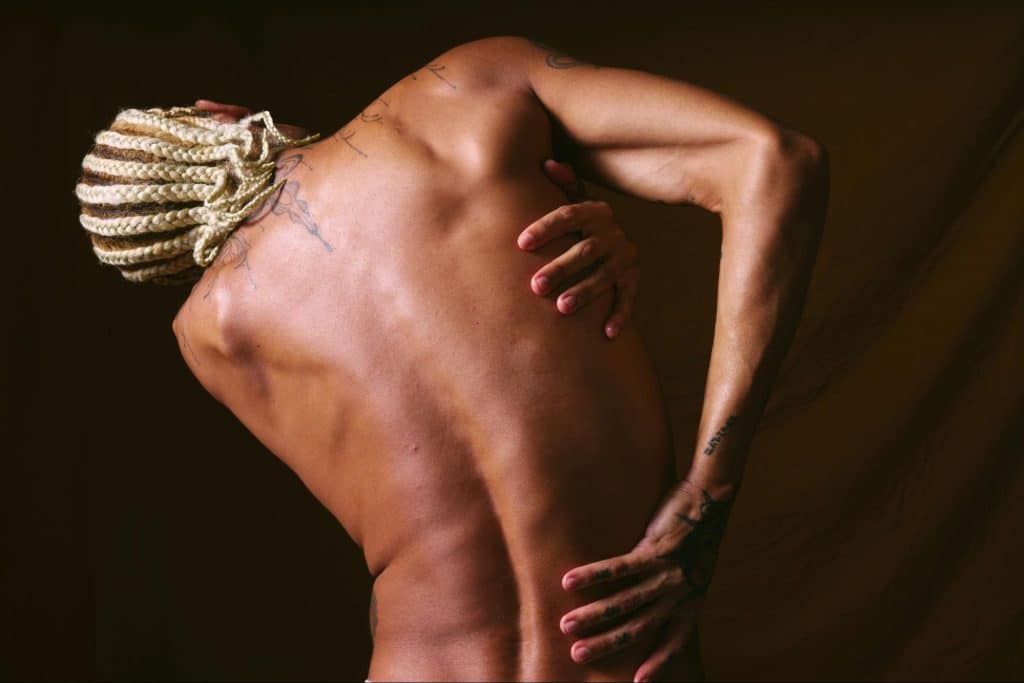
Pain isn’t always a sign of progress, sometimes it’s a warning. Real growth comes from controlled tension, not pushing through injury. While soreness can be a byproduct of effort, chasing pain often leads to overtraining or damage. Men in their 30s and 40s need to differentiate between productive discomfort and harmful strain. Sustainable fitness prioritizes smart intensity over reckless pain. Listen to your body before it forces you to stop.
You Have to Work Out Every Single Day

Training every day might seem disciplined, but it can backfire. The body gets stronger during recovery, not during the workout itself. Rest days allow muscles to rebuild and hormones to balance. Without them, you increase your risk of plateau, fatigue, and injury. A few well-placed rest days can actually speed up your results. Smart rest is part of smart training.
More Sweat = More Fat Burn

Sweating more doesn’t mean burning more fat, it just means your body is trying to cool down. You might leave drenched from a hot workout, but that doesn’t guarantee a higher calorie burn. The intensity and duration of the workout matter more than how much you sweat. Fat loss comes from a combination of movement and diet, not puddles on the floor. Don’t measure effort by your shirt.
Lifting Heavy Is Always Better
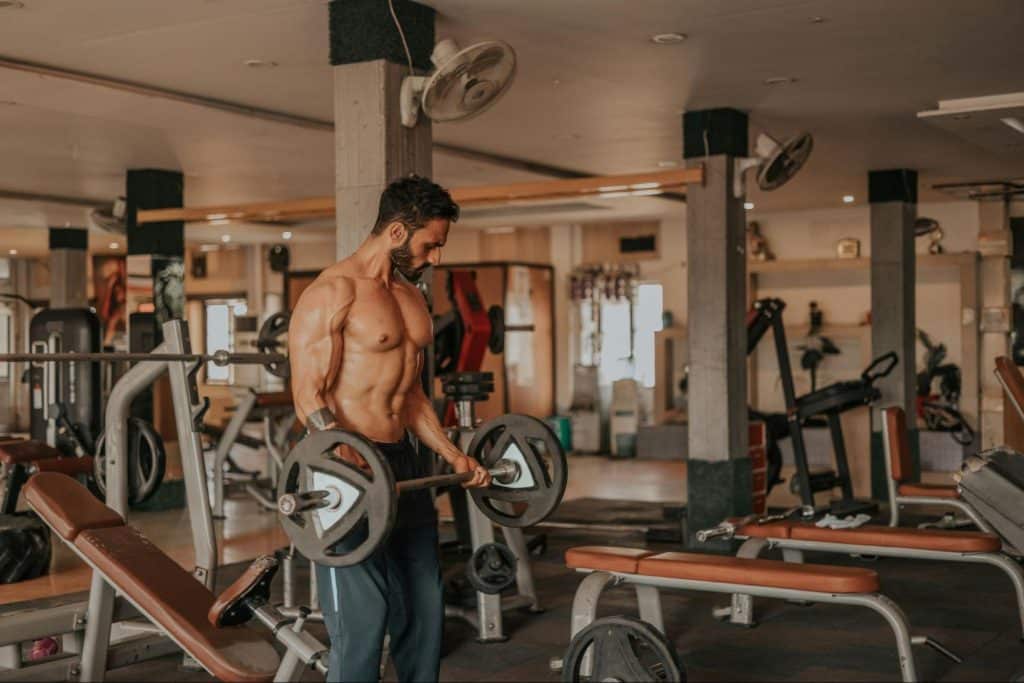
Heavy weights build strength, but that doesn’t mean they’re always the best choice. Joint health, form, and recovery need more attention as you age. Moderate weights with proper tempo can build just as much muscle, often with less wear and tear. Ego lifting becomes more dangerous in your 30s and 40s. Sustainable strength comes from smart programming, not maxing out every set.
Cardio Kills Gains
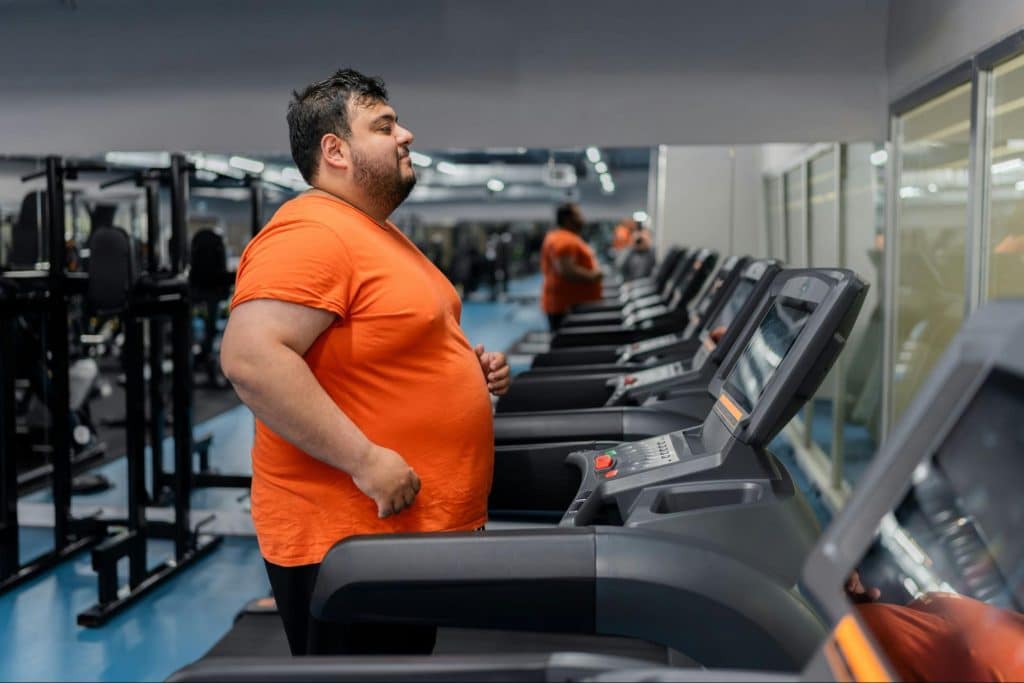
Many still believe cardio eats muscle, but that’s a myth rooted in misunderstanding. When paired with proper nutrition, cardio improves heart health and supports recovery. It can help manage stress, burn fat, and increase endurance. The key is not overdoing it or skipping meals. A few sessions a week won’t shrink your muscles, it might actually help them grow stronger over time.
Spot Reduction Is Real
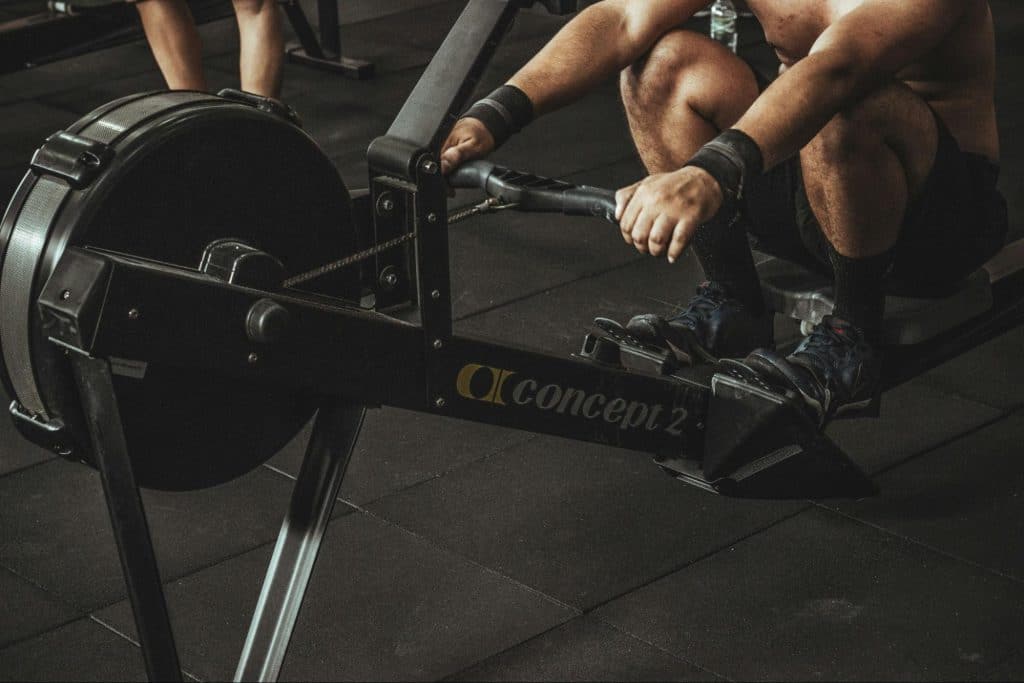
No matter how many crunches you do, you can’t pick where you lose fat. Spot reduction is a persistent myth that leads to frustration. Fat loss is a full-body process dictated by genetics, hormones, and overall energy balance. Targeted exercises can strengthen muscles underneath fat but won’t remove it from one area. Focus on consistency and patience, your body decides the timeline.
Supplements Are the Secret Weapon

Supplements aren’t shortcuts, they’re just add-ons. Protein powder, creatine, and pre-workouts can help, but they don’t fix poor sleep, bad diets, or inconsistent training. Many men rely too heavily on them instead of building real habits. Supplements can support, not replace, the basics. Master your routine first, then consider what might enhance it.
Free Weights Are Always Better Than Machines
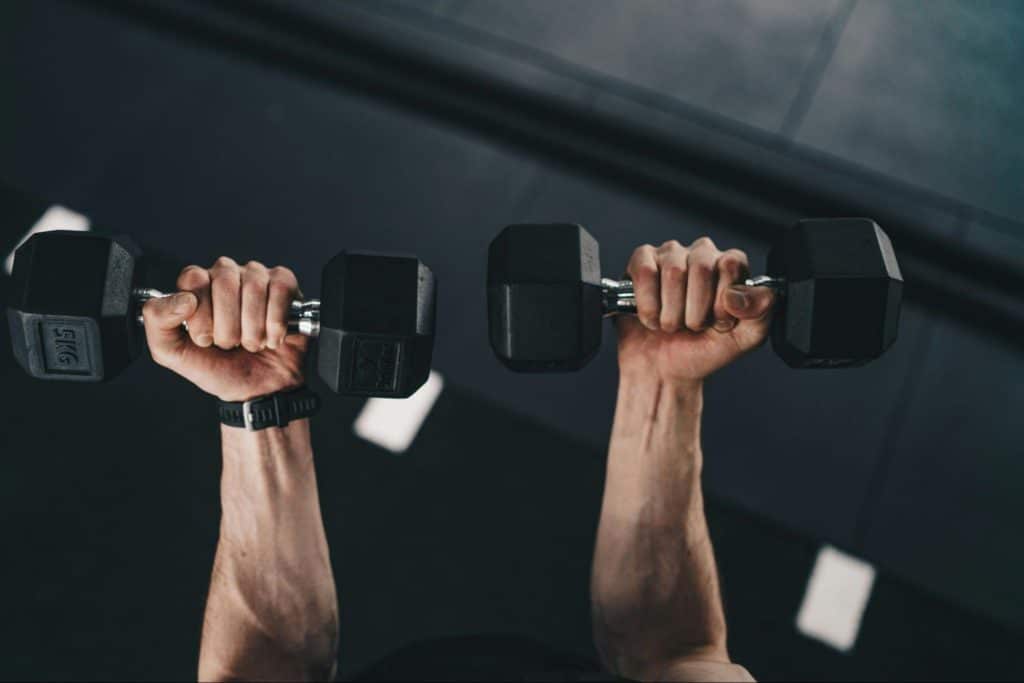
Free weights challenge stability and coordination, but machines offer control and isolation. Especially for older lifters or those recovering from injury, machines provide safety and support. They’re great for isolating weak points without risking form breakdown. There’s no shame in mixing both into your routine. Choose tools based on your goals, not what others say is “superior.”
Running Is the Only Way to Lose Weight

Running is effective, but it’s not the only option. Many men in their 30s and 40s find it tough on their joints or simply unenjoyable. Strength training, walking, rowing, and cycling can burn fat and preserve muscle. What matters most is consistency and enjoyment. If you hate running, you don’t have to do it to get lean.
Static Stretching Prevents Injury Before Lifting
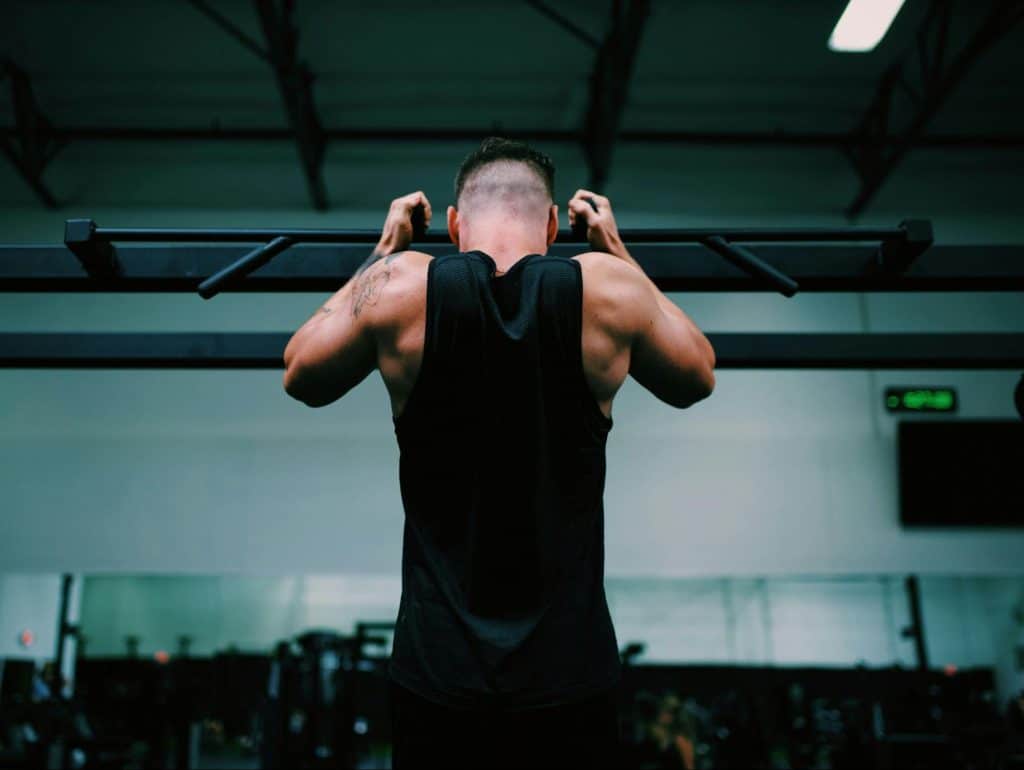
Stretching cold muscles before lifting can reduce power and even increase injury risk. Static stretches are better post-workout when muscles are warm. Before training, dynamic warm-ups, like arm circles, squats, and hip openers, are more beneficial. They increase blood flow and activate movement patterns. Warm up the right way to lift safely and perform better.
Sleep Isn’t That Important

Sleep is when your body builds muscle, balances hormones, and restores energy. Skimping on it compromises recovery, reduces testosterone, and increases cravings. Even the best workout won’t help if you’re constantly sleep-deprived. Quality rest supports everything from fat loss to focus. Prioritize it like any other part of your fitness routine.
You Must Be Sore for the Workout to Count

Soreness isn’t a sign of success, it’s often just a sign of novelty. You can have a highly effective workout without feeling wrecked the next day. Chasing soreness can lead to overtraining or poor form. Instead, track progress through performance and consistency. Muscle growth comes from smart progression, not punishment.
Recovery Tools Are Overrated
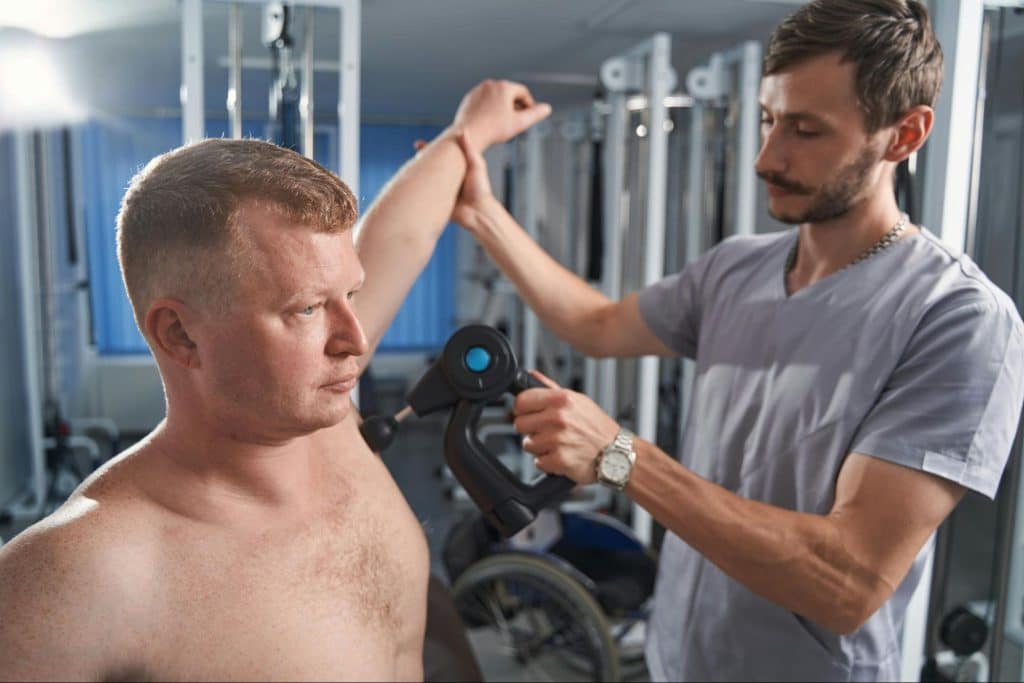
Massage guns, foam rollers, cold plunges, and compression tools can genuinely support recovery. They don’t replace sleep or proper nutrition, but they help reduce inflammation and soreness. In your 30s and 40s, active recovery is a competitive edge, not a luxury. Incorporating tools can keep you training longer and harder. Don’t dismiss them just because they seem trendy.
If You’re Not Losing Weight, You’re Failing

Weight is only one metric, and not always the most accurate. You might gain muscle and lose fat simultaneously, which can cancel out on the scale. Energy, strength, endurance, and body measurements often show real progress. Obsessing over the number can lead to frustration. Learn to see success beyond just pounds lost.
You Need to Look Ripped to Be Fit

Abs don’t equal athleticism. Many men with lean physiques lack strength, endurance, or flexibility. Health is about performance, mental clarity, and mobility, not just aesthetics. It’s okay to want to look good, but don’t confuse lean with fit. Redefine what success looks like to you.
Men Over 40 Should Stick to “Light” Workouts

There’s no reason to avoid heavy lifting as you age, as long as it’s done with proper form. ng maintains bone density, boosts testosterone, and supports joint health. The key is smart pStrength training programming and progressive overload. Age doesn’t mean weaker, it just means wiser. Keep lifting, just lift smarter.
You Can Coast Once You Reach Your Goal

Fitness isn’t a destination, it’s a maintenance cycle. Once you hit your goal, you still need to train, eat well, and recover. Reverting to old habits means sliding backward. Staying fit requires consistent effort, even if you’ve “made it.” Don’t let comfort undo your work.
Tip – Use Your 30s and 40s to Train Smarter, Not Harder

This decade is when your body needs smarter training, not just more of it. Focus on joint care, sleep quality, and sustainable programming. You’ll get better results by doing less, but doing it well. This is your prime, not your decline. Invest in habits that build a longer runway.
Conclusion – Upgrade Your Beliefs Before Your Routine

Fitness in your 30s and 40s is about cutting through the noise. Most progress starts by unlearning outdated advice. Let go of the myths that hold you back and focus on what works long-term. Train for strength, energy, and sustainability. The goal isn’t just gains, it’s staying strong for the life you want to live.






Ask Me Anything